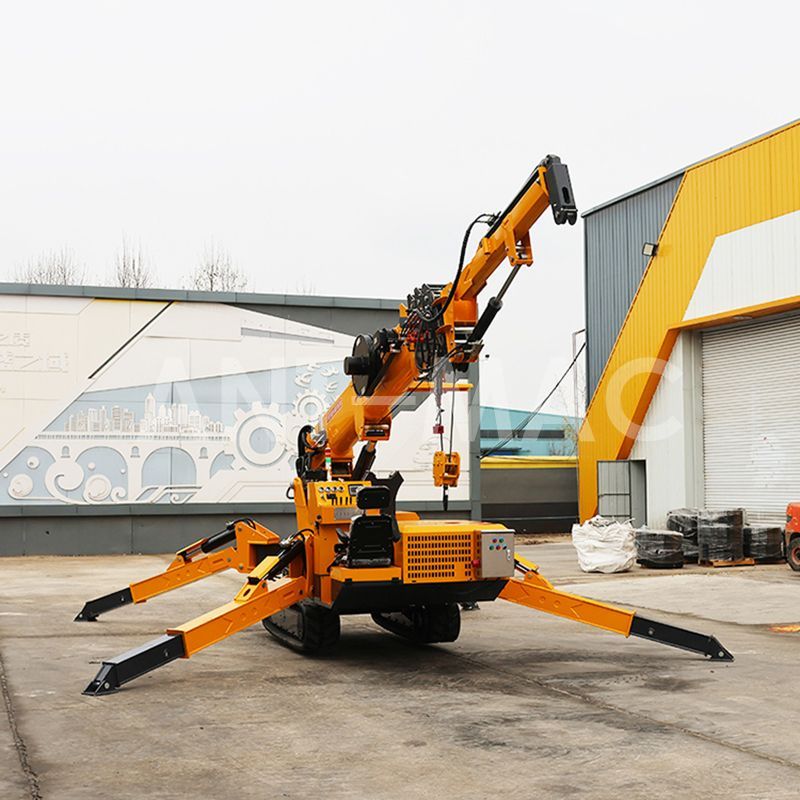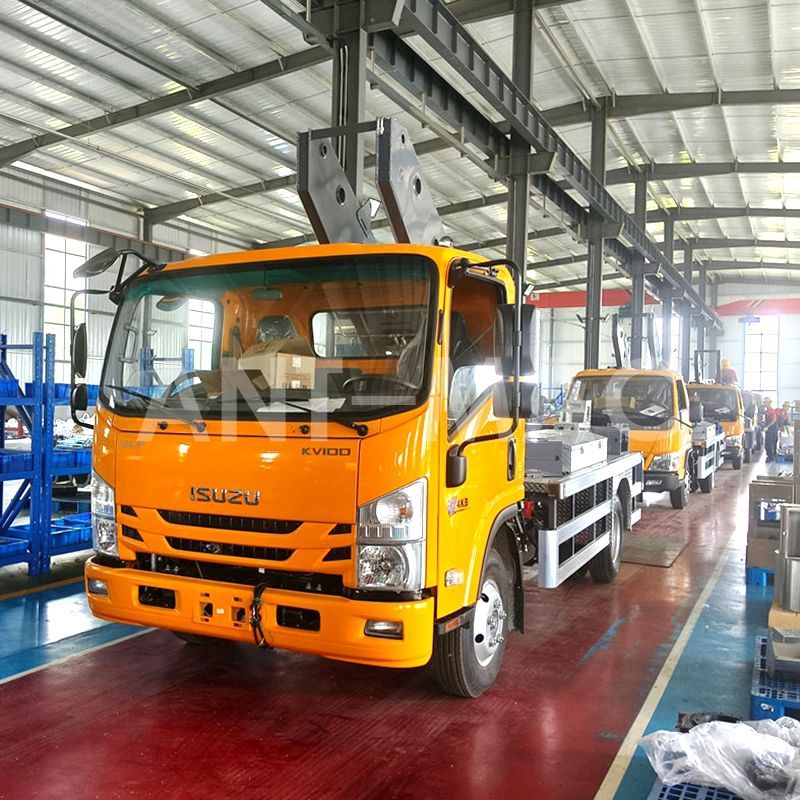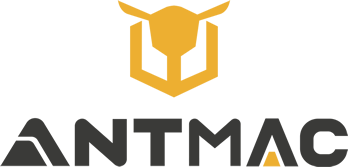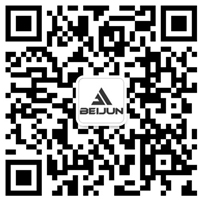How Safe are Aerial Work Platforms? A Practical Guide for Construction & Municipal Teams
A construction foreman in Georgia pulled us aside last month and said: “I used to hold back on letting my crew use aerial work platform—mostly ’cause I’d seen guys get banged up on ladders fixing exterior walls. But once we tried ’em? Way safer than scaffolding that shifts or ladders that slip.” It’s the top worry for anyone managing high-altitude jobs: when you’re getting crews 20 feet up to patch a wall or 40 feet high to fix a rooftop AC, safety isn’t just a box to check—it’s the first thing we talk about—no cutting corners.
The quick truth? aerial work platform (AWPs/MEWPs) are some of the safest gear out there for high-up tasks—but only if you use them right, and pair ’em with equipment built to prioritize protection. Safety isn’t something that just “happens,” though. It starts with the features built into the platform itself, following rules that keep everyone on track, and picking the exact right tool for what you’re trying to get done. It starts with built-in safety features, adherence to global standards, and choosing the right tool for the job (including our specialized lineup, where aerial work platforms take center stage, and spider boom cranes serve as a niche complement). Let’s break down what makes aerial work platforms safe, how our equipment supports that safety, and common myths to ignore.
1. Aerial Work Platform Safety: Rooted in Global Standards & Design
Safety isn’t something we tack on to aerial work platform as an afterthought—it’s woven right into their design from the start, guided by strict rules from leading organizations: the U.S.-based American National Standards Institute (ANSI), Europe’s European Norms (EN), and the global International Organization for Standardization (ISO). These standards don’t just “suggest” safety features—they require them to block the biggest on-site risks: tipping, overloading, and falls. And here’s the key: every aerial work platform we build doesn’t just meet these rules—it goes a step further.
Take these real examples from our customers:
Stability comes first: Whether it’s a scissor lift or an articulated boom lifts, all our aerial work platforms come with either hydraulic outriggers or self-leveling setups. Last year, we sent a scissor lift to a Texas warehouse team—when they used it on a slightly uneven floor, the lift auto-adjusted its base. As soon as the slope hit more than 5°, it locked up the lift until it was balanced, stopping a potential tip before it could happen.
Load control you can trust: Every one of our platforms has its load capacity clearly labeled—think 500 lbs for a small aluminum platform, 1,000 lbs for a heavy-duty scissor lift . Plus, there are overload sensors built right in: if a crew tries to pile on too many tools or an extra person, the lift shuts down instantly, no exceptions. If a crew tries to add too many tools or people, the lift shuts down immediately—no exceptions.
Fall protection: Platforms come with 42-inch-tall guardrails (meeting ANSI’s minimum 39-inch requirement) and non-slip flooring. We also include lanyard anchor points—so operators can clip in, adding an extra layer of safety if they lose balance.
These aren’t “nice-to-haves”—they’re required by law. And they’re why aerial work platforms have 70% fewer fall-related injuries than ladders, according to OSHA (Occupational Safety and Health Administration) data.
2. Key Safety Features in Our Aerial Work Platforms
We don’t just meet standards—we design our aerial work platforms to solve real on-site safety pain points. Here are the features our customers rely on most:
2.1 Emergency Descent Systems
Power outages happen—but they don’t have to strand your crew. Every one of our aerial work platforms (whether it’s an electric scissor lift or a diesel articulated boom lifts) includes a manual emergency descent valve. Last winter, a crew in Minnesota was fixing a roof with one of our boom lifts when a snowstorm knocked out power. They used the emergency valve to lower the platform safely in 2 minutes—no panic, no risk.
2.2 Visibility & Alert Systems
Blind spots are a hazard on busy job sites. Our larger aerial work platform have 360° LED lights (for low-light conditions) and backup alarms. We also added side mirrors to the platform of our articulated boom liftss—so operators can see if a coworker or tool cart is in the way before rotating.
2.3 Durable, Weather-Resistant Builds
Outdoor work means dealing with rain, wind, and dust. Our aerial work platforms use corrosion-resistant steel for frames and waterproof control panels. A municipal crew in Florida uses our towable boom lifts year-round—even in hurricane season—and the lifts have held up to salt air and heavy rain without electrical issues.
2.4 Compact Designs for Tight Spaces
Tight areas (like narrow alleys or indoor warehouses) increase collision risks. Our smaller models—like the Aluminum Alloy Mobile Lifting PlatformandSleeve Type Elevator—have a 3-foot turning radius and fit through standard 36-inch doorways. A retail store in California used the aluminum model to install holiday displays—they navigated between aisles without hitting shelves, keeping both the crew and merchandise safe.

3. Our Equipment: Aerial Work Platforms First, spider arm crane as a Specialized Complement
We often get asked about cranes—and it’s important to clarify: our crane lineup is limited to spider arm crane (compact, tracked cranes for heavy lifting in tight spaces). These are not aerial work platforms (they’re for lifting loads, not people)—but they work alongside our aerial work platforms to keep sites safe.
For example: A bridge repair crew used one of our spider boom cranes to lift steel beams into place, while our articulating boom lift let operators bolt the beams securely. The crane’s tracked design kept it stable on the bridge’s uneven surface, and the aerial work platform’s precision controls let operators work safely at height—no overlapping risks, just coordinated efficiency.
But make no mistake: aerial work platforms are our core. We focus on them because they’re the safest, most flexible solution for 90% of high-altitude tasks—from painting building exteriors to maintaining streetlights.
4. Safety Myths vs. Facts: Don’t Let Misinformation Put You at Risk
Even with great equipment, myths about aerial work platform safety can lead to mistakes. Let’s set the record straight:
Myth Fact
“Aerial work platforms are only safe on flat ground.” Our models with outriggers or oscillating axles work safely on slopes up to 10° (check the spec sheet for your model). Just never exceed the recommended gradeability!
“You don’t need training—they’re easy to use.” OSHA requires operator training for all aerial work platforms. We offer free basic training with every purchase—because even “simple” scissor lifts have controls that need proper handling.
“Wind doesn’t affect small aerial work platforms.” Even 15 mph winds can tip a boom lift. Our lifts have wind speed sensors—if winds get too strong, the system locks the boom. Always check the weather before starting!
5. How to Keep Your Team Safe: Beyond the Equipment
Equipment is the foundation—but safety is a team effort. Here’s what we recommend:
Train every operator: No exceptions. Our training covers load limits, emergency procedures, and site hazard checks (like floor pressure for indoor lifts).
Inspect daily: Before using an aerial work platform, check the tires/outriggers, controls, and guardrails. We include a simple checklist with every lift to make this easy.
Plan the job: Map out where the lift will go, what obstacles are nearby, and how high you need to reach (use “working height” — platform height + 6 feet — not just platform height).
Final Thought: Safety Isn’t Luck—It’s a Choice, and Good Equipment Makes It Simple
Aerial work platforms don’t just “work safely”—they outpace old-school tools like ladders and scaffolding by a mile when it comes to keeping crews protected. But that safety doesn’t just fall into place: it boils down to two non-negotiables. First, equipment built to hit (and exceed) global safety standards—like our aerial work platforms, designed with every on-site risk in mind. Second, using that gear the right way: proper training for operators, daily inspections to catch small issues, and planning ahead to avoid hazards.
If you’re still figuring out which aerial work platform fits your job—whether it’s a compact model for tight retail spaces or a tough boom lift for outdoor construction—or want to learn more about our spider boom cranes (our go-to for heavy lifting in tight spots), professional services We won’t just sell you a tool—we’ll make sure it’s the one that keeps your crew safe and keeps your project moving on schedule.
Here’s the bottom line: The safest high-altitude jobs aren’t the ones where nothing goes wrong—they’re the ones where you’ve got the right equipment in hand, and the know-how to use it like a pro.
 Dual-Chain Telescopic Boom Sys
Dual-Chain Telescopic Boom Sys
 Russian
Russian
